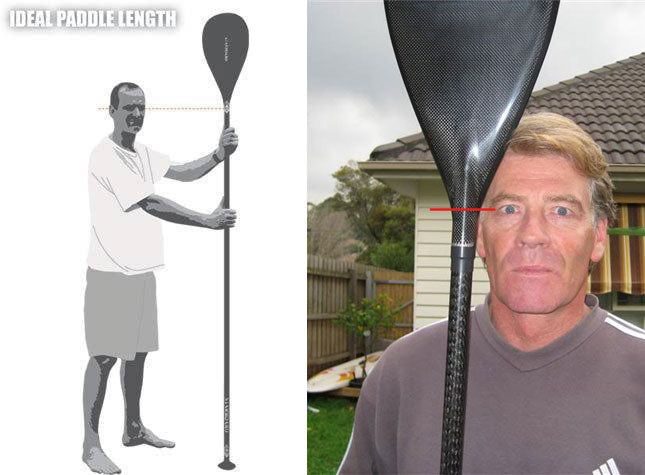Stand up paddle surfing
Stand up paddle surfing (or called SUP paddle surfing), is an emerging global sport with a Hawaiian heritage. To begin with, this started with using a one-bladed paddle, whilst standing on a normal length surfboard. The popularity of the modern sport of SUP has its origination in the Hawaiian Islands. In the early 1960s, the Beach Boys of Waikiki would stand on their long boards, and paddle out with outrigger paddles to take pictures of the tourists learning to surf. This is where the term "Beach Boy Surfing", another name for Stand Up Paddle Surfing, originates.
The sport benefits athletes with a strong 'core' workout. SUP'ing is popular at warm coastal climates and resorts, and is gaining in popularity as celebrities are sampling the sport, and cross-over athletes are training with SUP. SUPs have been spotted around the globe, anywhere where there is easy access to safe waters, as well as in the surfing lineups of the world.
Laird Hamilton and Dave Kalama re-introduced the ancient sport of paddle surfing to the modern water sports world. The first "modern" surfer to bring Stand Up Paddle Surfing out of Hawaii and onto mainland USA was Vietnam veteran, Rick Thomas. In 2000, Rick - on a 11ft Muñoz board, and with a Leleo Kinimaka paddle - introduced California to the new sport.
Surfers have converted because of the versatility of the new sport. Stand up paddle boarding offers surfers the ability to catch more waves in a set, as well as offering a better view of incoming sets.
Most SUP boards use glass-reinforced plastic construction using epoxy resin that is compatible with the expanded polystyrene foam used in the core. Some SUP boards use a hollow wood construction instead of foam with epoxy resin. The boards are generally longer than 9 feet (3 m), and up to 12 feet (4 m) or more in length, with features such as padded decks and concave hulls; they generally have one or three surfboard-style fins in the stern for tracking.
- Maelstorm Limited

Comments 0